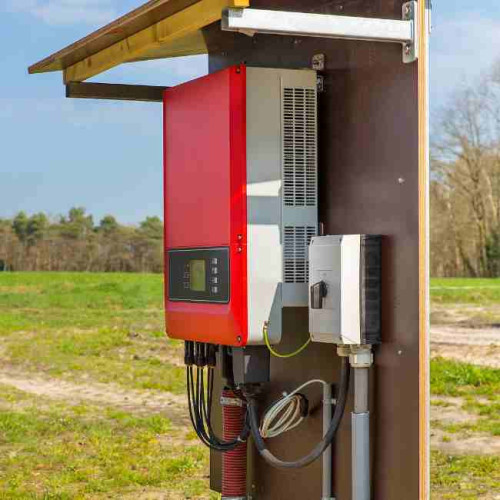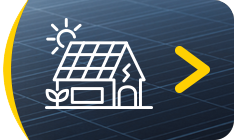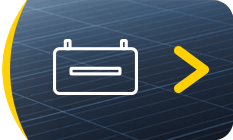- 03 Oct, 2017
- Solar Training , Products

Micro-inverters and optimizers enable you to make the most out of your solar installation as they limit output losses in the event of a panel failure. This is something a central inverter cannot do. Your installation is partially in the shade or sometimes covered by debris (tree leaves for instance)? It could be a good idea to invest in one of the two systems to limit output losses in both cases. We have listed the major pros and cons of both systems to help you make an informed decision.
The micro inverter
The micro inverter allows each of the installed photovoltaic modules to be managed independently and thus resolves the difficulties related to a power loss of one of the modules, whether the cause is a technical or external failure. It captures in real time the intensity of the sun and the temperature of the cells in order to optimize the production of the panels. It also monitors each cell in real time, which makes it possible to identify any malfunctions and facilitates maintenance of the installation. One of the criticisms often addressed to micro inverters concerns this data recording, which is considered more basic compared to the possibilities offered by optimizers. However, as micro inverter technologies progress, some, such as those of the Enphase brand, are offering increasingly powerful data management systems. In summary, the micro inverter allows:
- Avoid energy losses due to shading or technical failure of a solar panel
- Improve safety due rto the absence of high voltage
- Optimize the electricity production of each module
- Monitor your solar installation's energy production
The optimizer
The optimizer allows, like the micro-inverter, to get the most out of your installation by searching for the maximum power point (MPPT). However, the search method is not the same; for example, Tigo Energy optimizers use the impedance matching method while micro inverters use the inversion method.
Optimizers also have the advantage of being very easy to connect to the installation thanks to simplified connection systems. However, the connection modes of the micro inverters have also tended to become simpler in the latest versions released on the market.
All in all, the greatest advantages of the optimizer are undoubtedly their very high efficiency - between 96 and 98% for the Tigo models - while the micro inverters have efficiencies slightly below, between 92 and 95% - and its price. By watt, the optimizers have a price between 0.26 and 0.52 € compared to 0.48 to 0.66 € for micro inverters.
In summary, optimizers offer the same advantages as micro inverters with a lower price and a slightly higher efficiency. With a downside; it only adds to the existing grid inverter and does not replace it unlike the micro inverter. Finally, the evolution of micro inverter technologies tends to reduce more and more the differences in cost and efficiency to make the two products real rivals in the markets.










